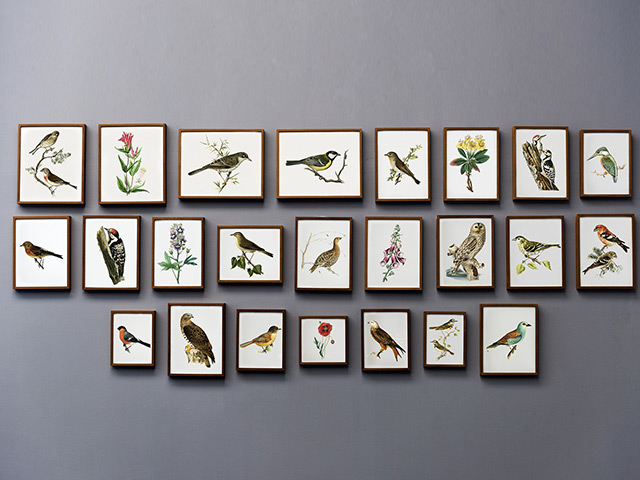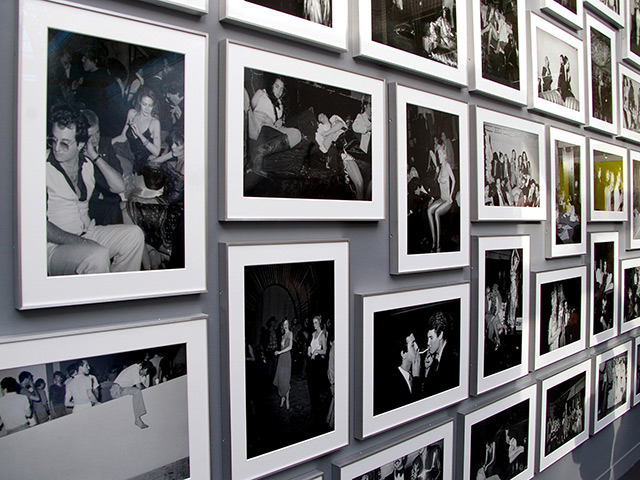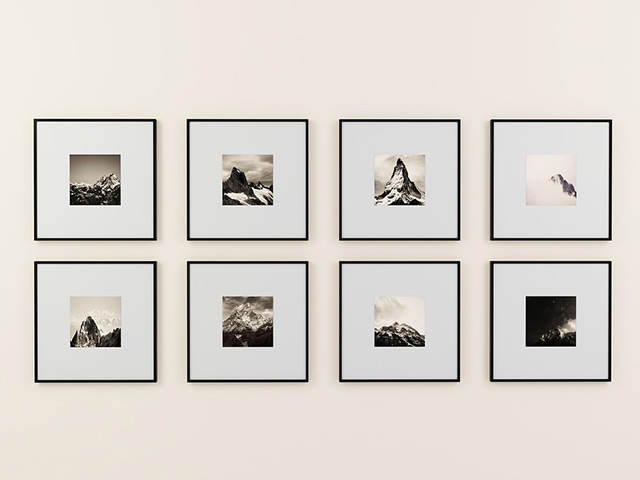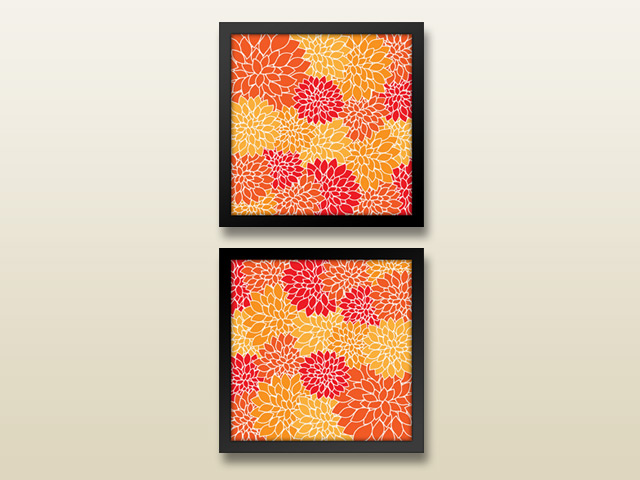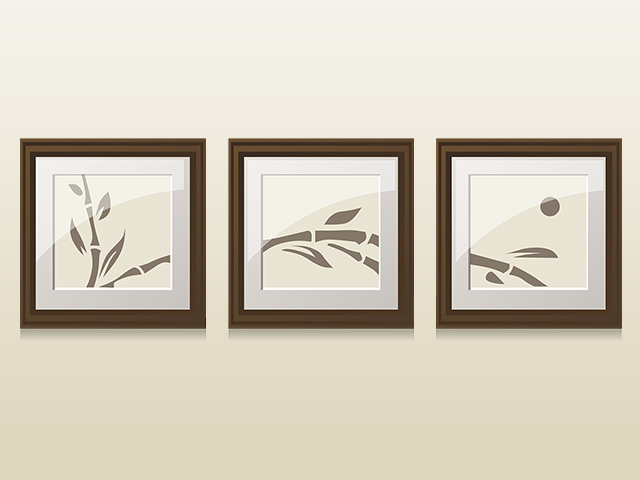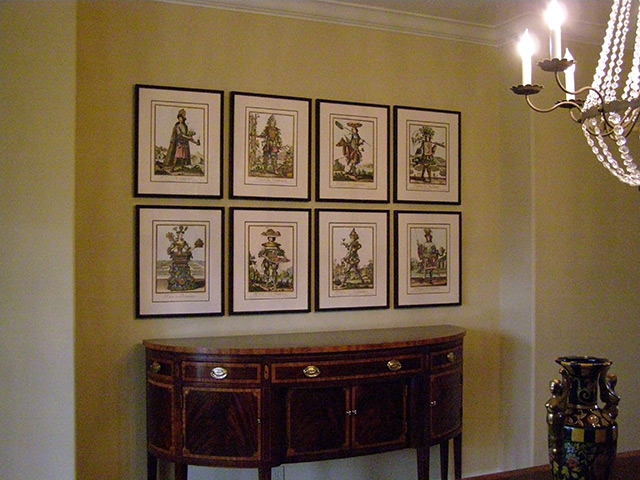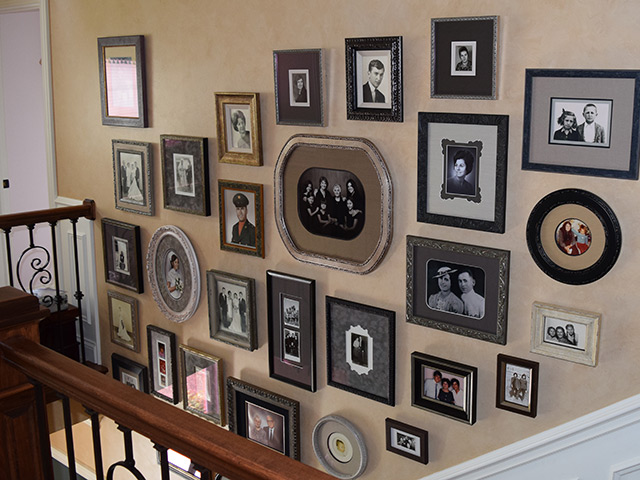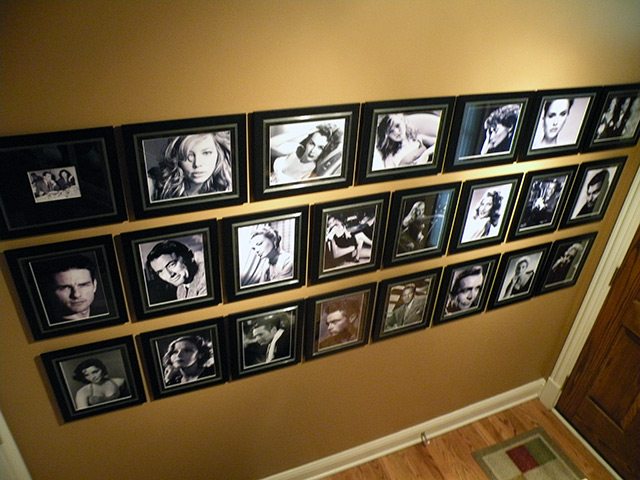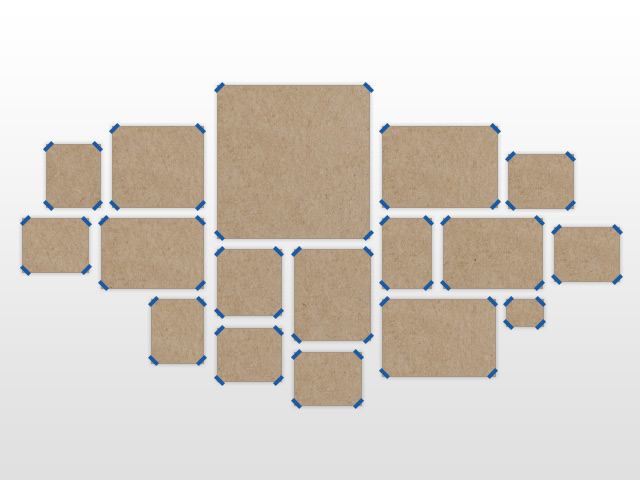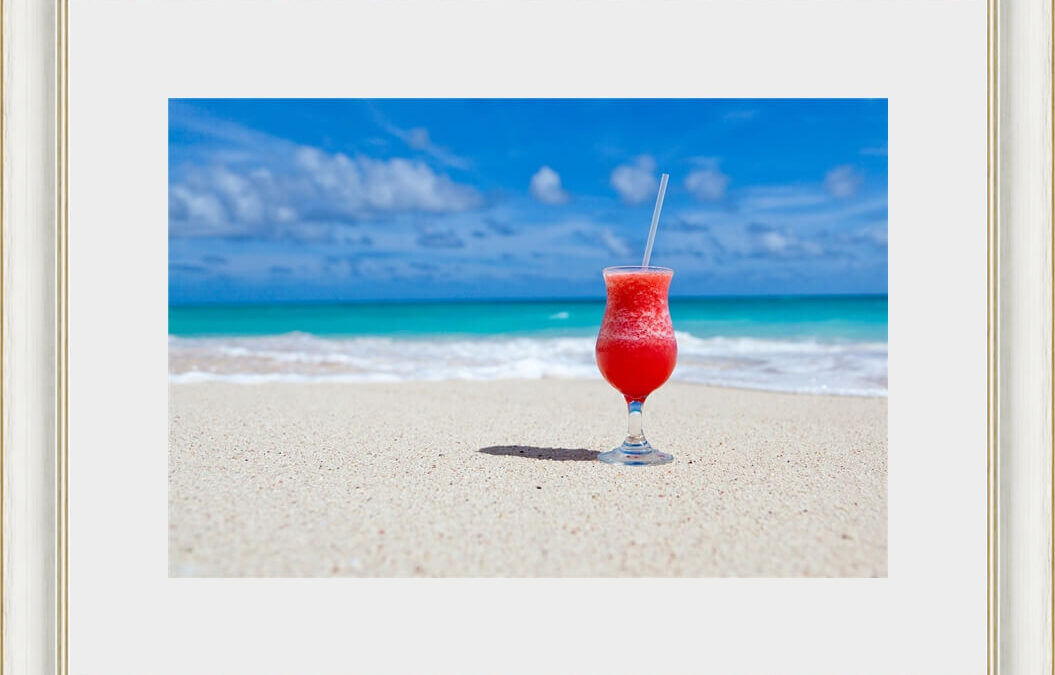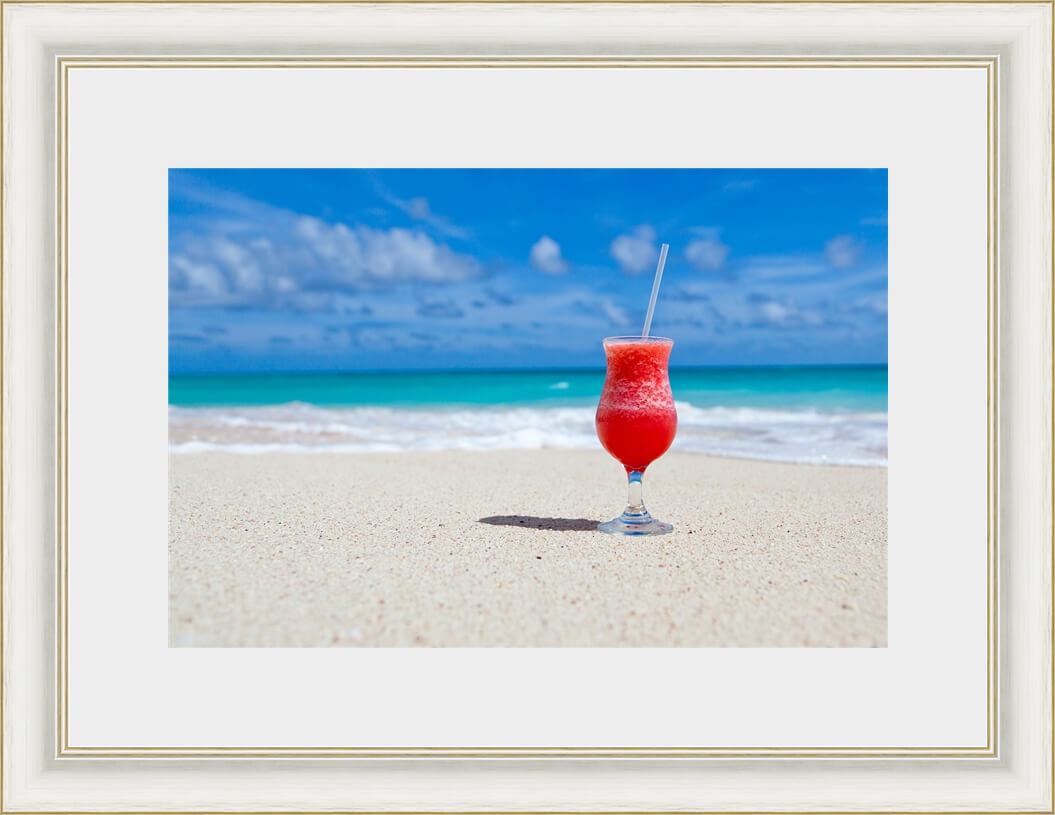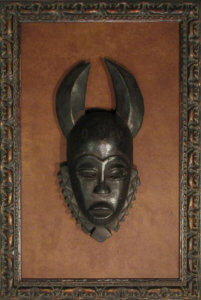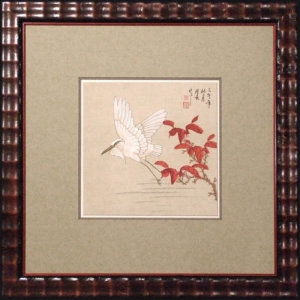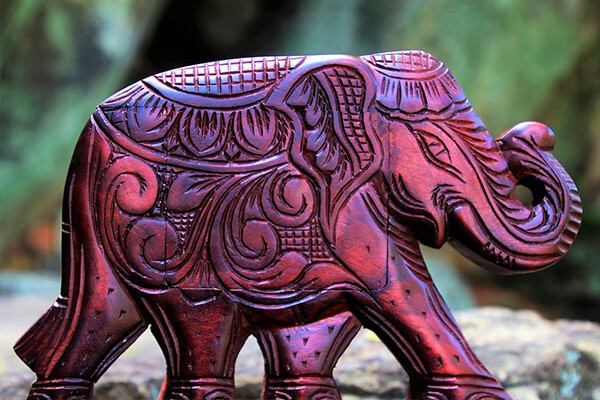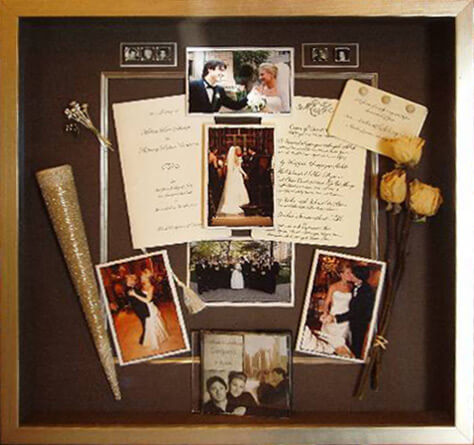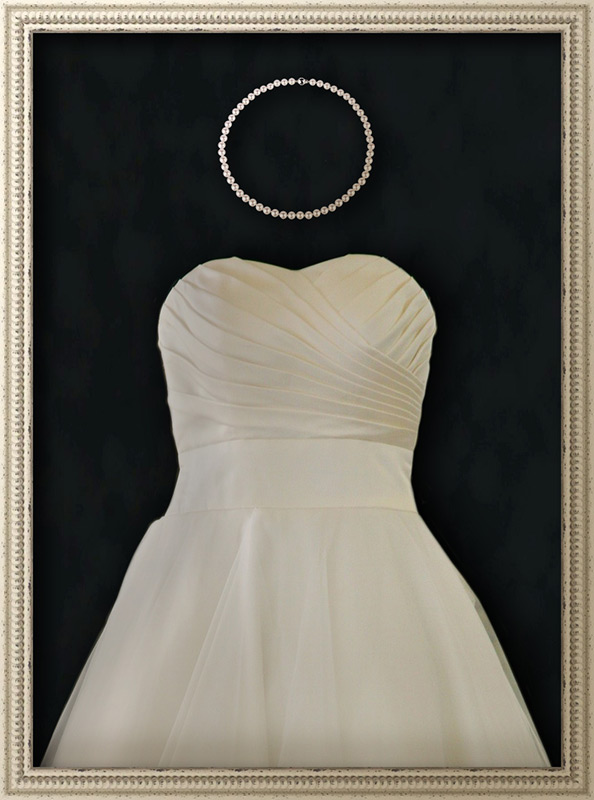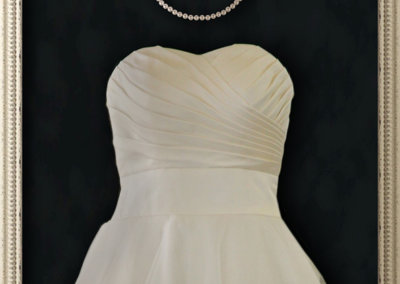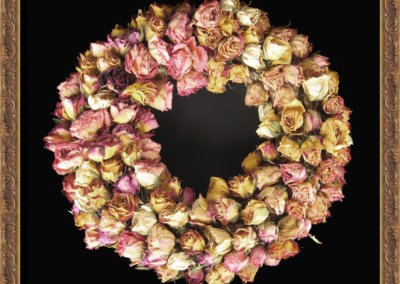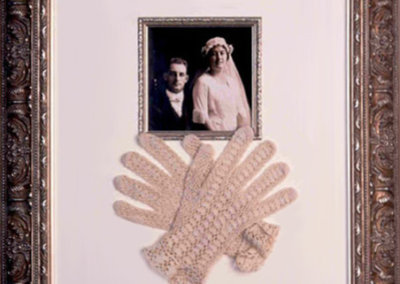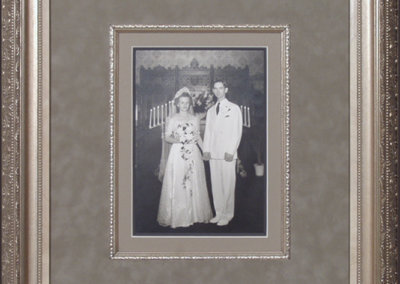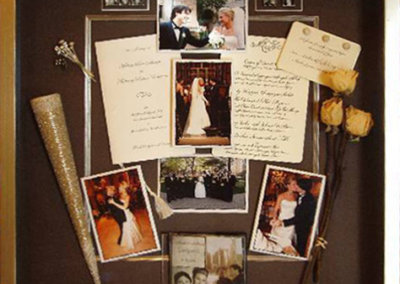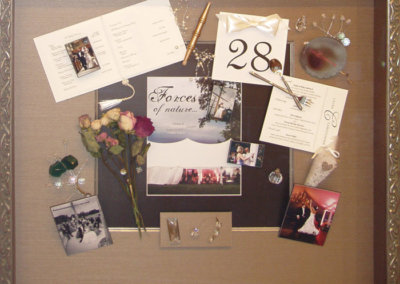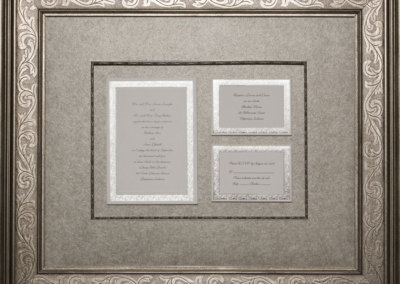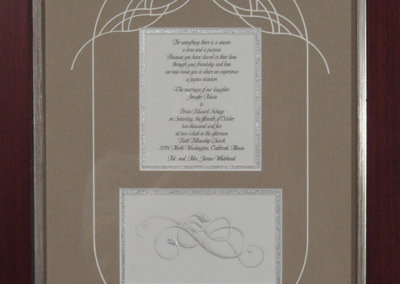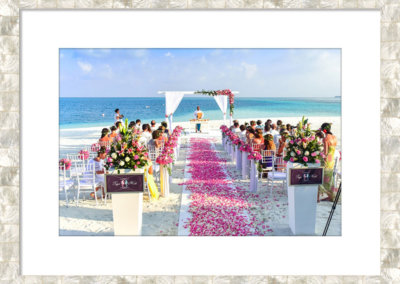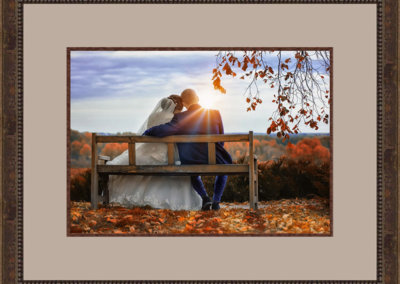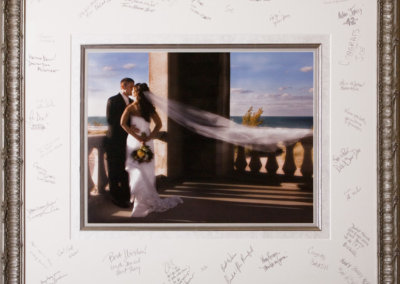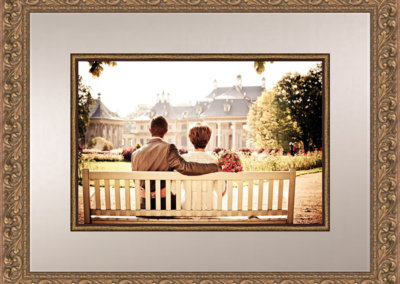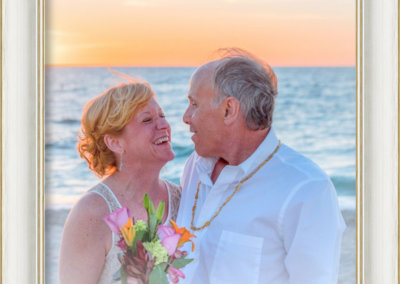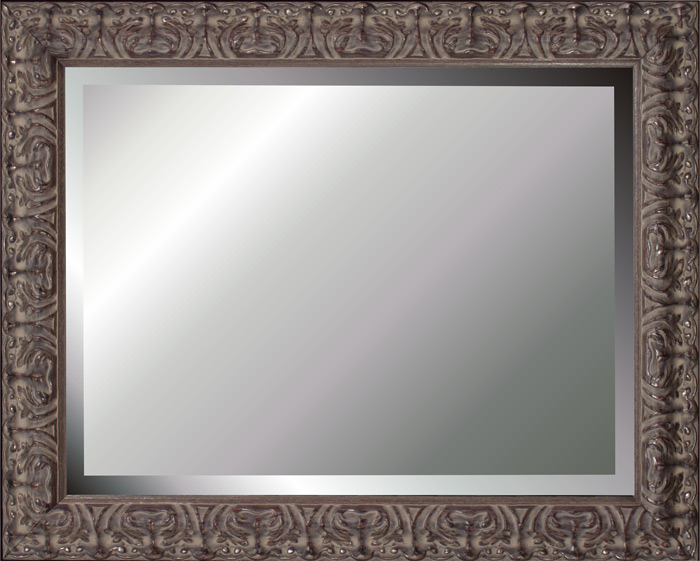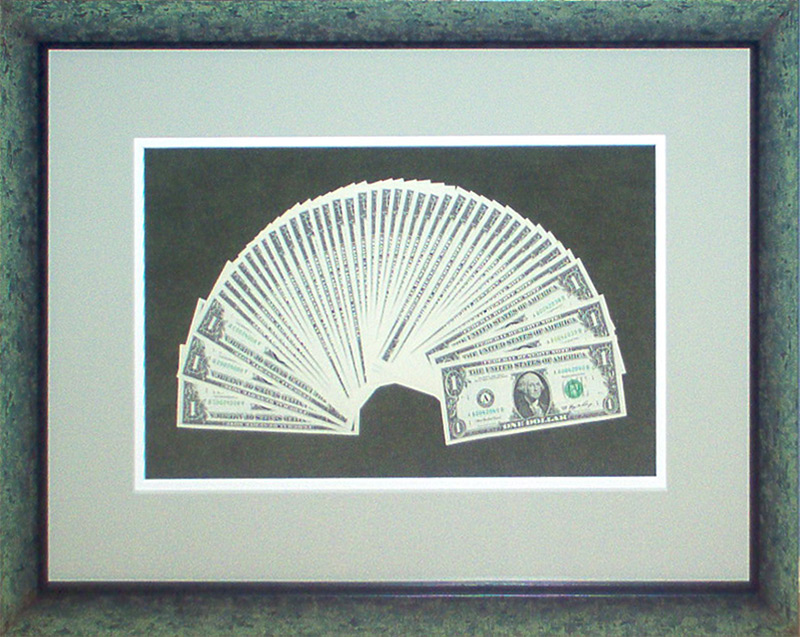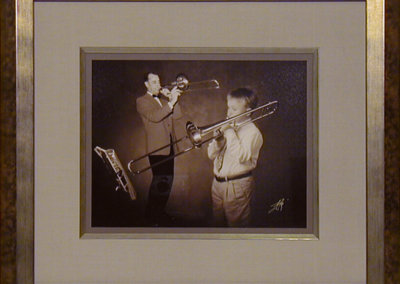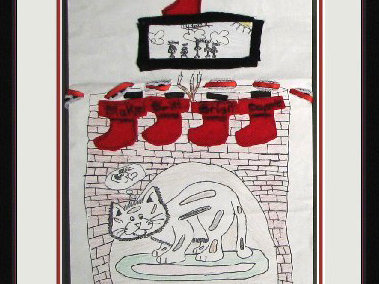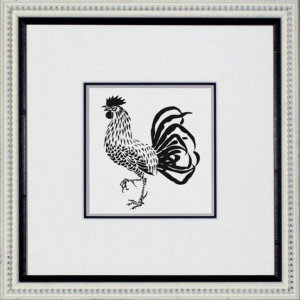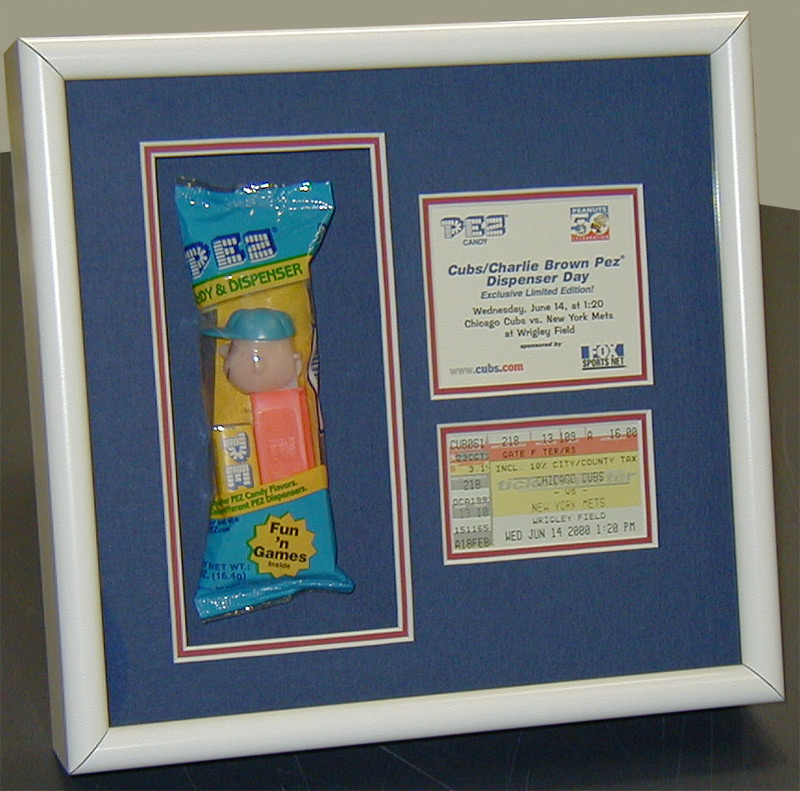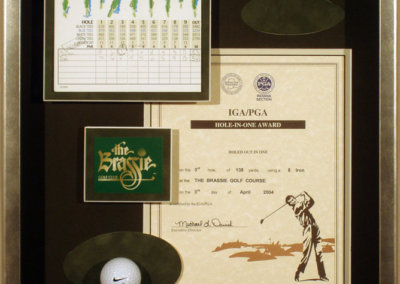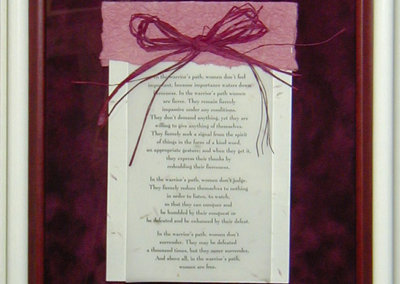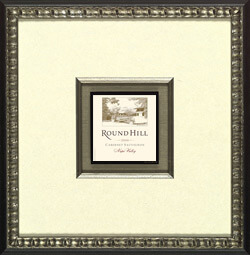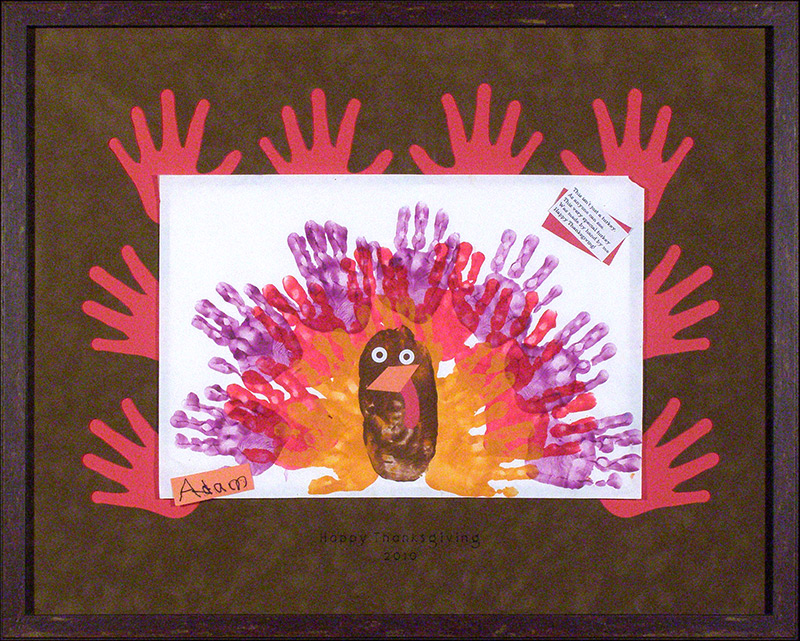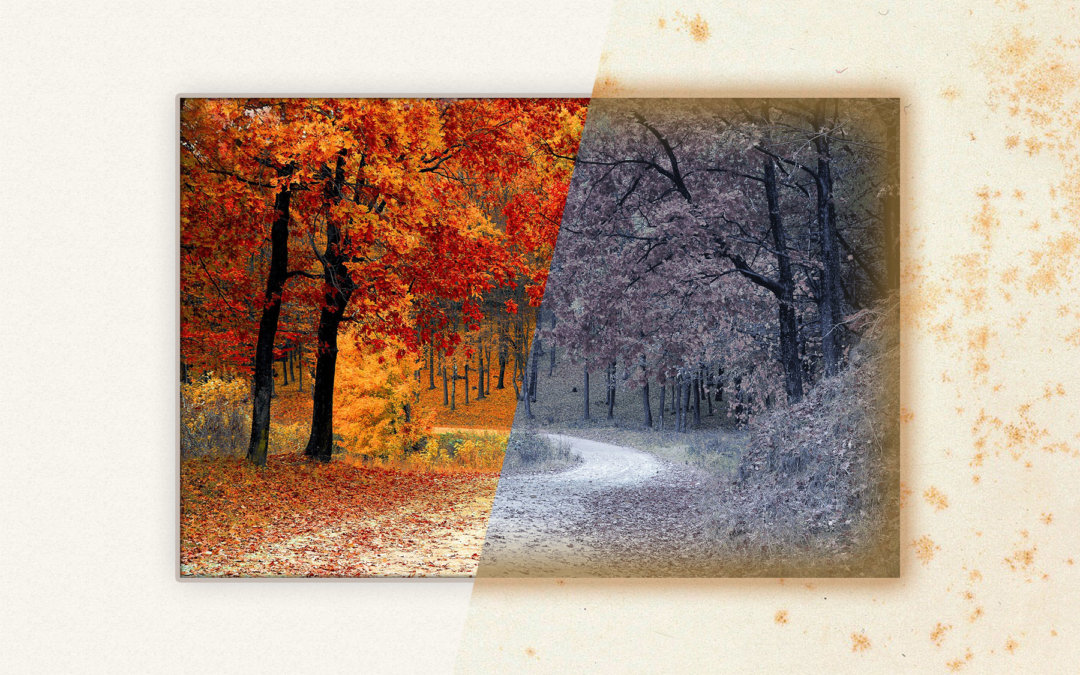
Conserve and protect your artwork
Conserve and protect your artwork
Conserve and protect your artwork this Halloween
Damage to your artwork can be scary!
Do you know what’s really scary? Framing that damages your art! Inferior framing materials and exposure to destructive elements can fade, discolor, and damage your framed art. Framing isn’t just about making your framed piece look good – it’s about looking good forever! This Halloween let’s avoid a framing scare by using the proper materials to conserve and protect your project.
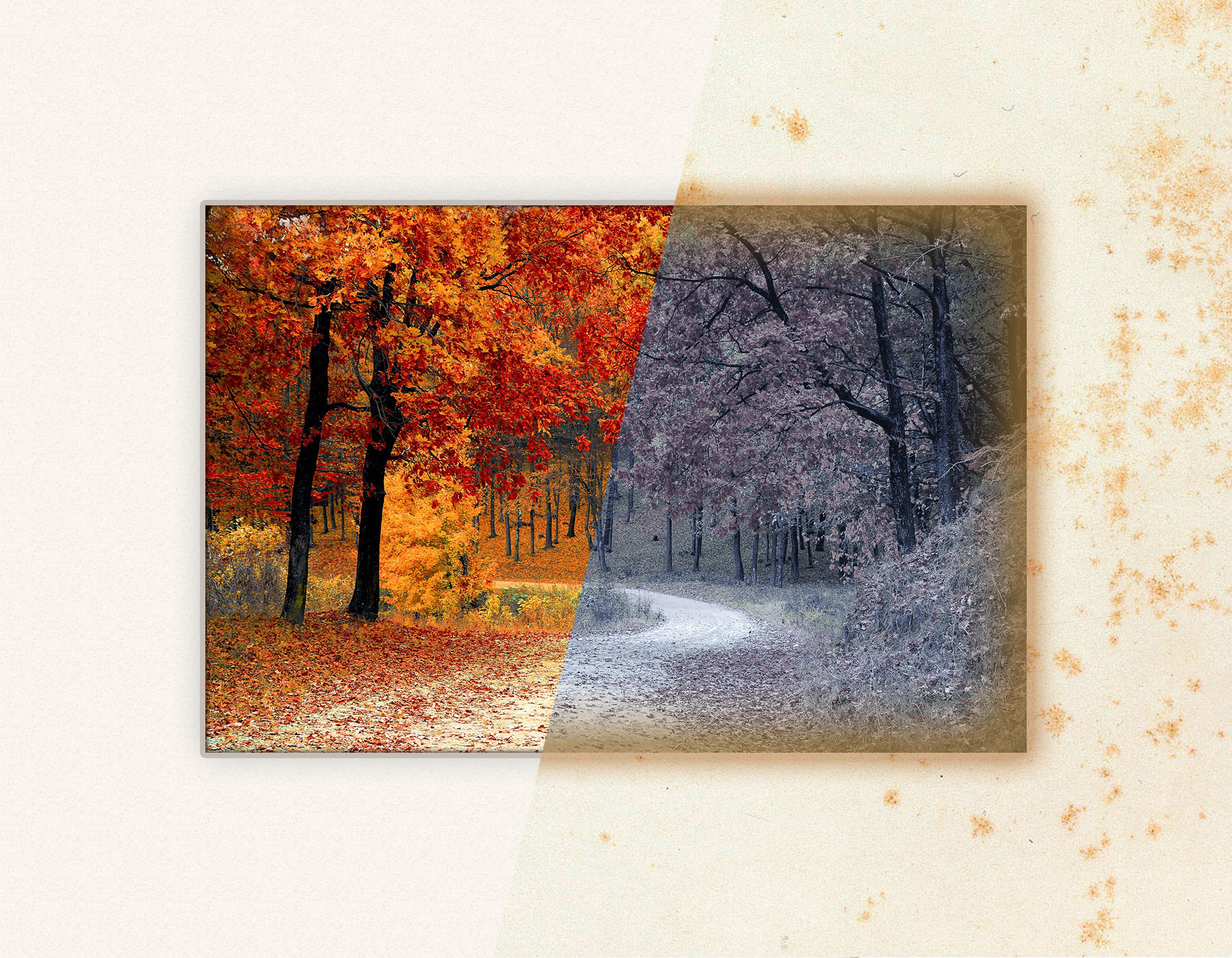
Acid-Free Materials
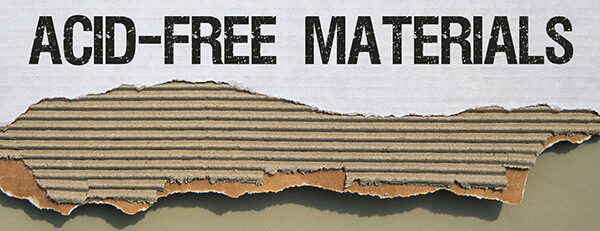
Acid-Free is your new favorite framing term. Materials that have acidic components breakdown and outgas, discoloring and burning your art. ‘Acid-Free’ materials have had those harmful ingredients filtered out, so they do not cause damage. There are two main components in a picture frame that can potentially contain acid: Matting & Backing Board. We only use superior acid-free mats & foam core.
Matting goes on top of the art. If the mats are not acid-free, they out-gas and cause damage, seen as brownish edges on the opening of the mat. Matting color will fade if it is not acid-free, eventually clashing with the art color. If you have acid-burn or faded mats, ask us to re-mat your project with acid-free mats or 100% cotton rag mats.
Backing Board like foam core goes underneath the art. If it is not acid-free, it can burn your art, causing weakening of paper fibers and decolorization. We highly recommend always using acid-free backing board.
UV Filtering Glass
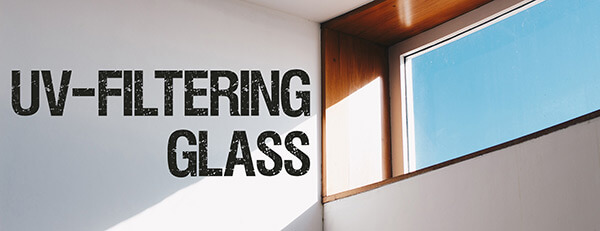
UV (ultraviolet) rays can wreak havoc on your framed artwork. If UV rays can burn skin, they can damage art as well. UV damage is a chemical reaction; changes take place at a cellular level that cause fading, discoloration and harm to your art. Art framed with ‘regular’ glass will often fade to a washed-out blue tone.
Just as we put sunscreen on to protect our skin from harmful UV rays, you need to protect your art by framing it with UV-filtering glass or UV-filtering acrylic. We recommend glazing that filters 99% of those harmful rays.
Just because your art is inside does not mean that it is safe. It still needs UV protection. Did you know that fluorescent lighting emits UV rays? Stop the damage before it begins and opt for UV-filtering glass.
Do I Need to Protect Fabric?

If you think your fabrics & textiles don’t need glass … think again. Fabric is susceptible to dust, smoke, bugs, furnace residue, hands-on people, UV rays, and so on. Some fabrics like canvas can withstand harmful effects better than others, but why risk it? Moths and non-visible bugs are especially attracted to silk and wool. Modern glass is nearly invisible, so you can enjoy the fine details of your textiles AND take advantage of the protective benefits glazing offers.
What is the difference between Conservation & Preservation?
Conservation: prevent injury, decay, waste, or loss of integrity
Protect a piece of art in its original (pristine) state.
Preservation: keep alive or in existence; make lasting – to keep safe from harm or injury
Protect a piece of art in its existing state.
What’s A CPF?

A CPF is a Certified Picture Framer. A CPF is experienced and must keep up with current methods and materials in the industry. The certification must be renewed annually to keep the designation. When a CPF builds your project, it is in the best hands.

